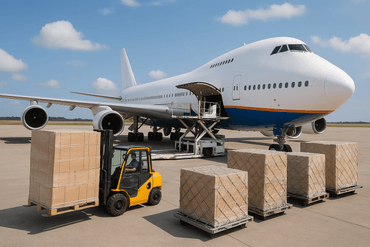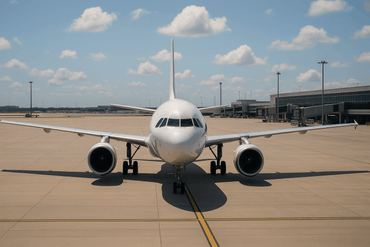
How to plan an international move



Deadlines and documents to be aware of for your international move
Moving internationally is a long process. From the day the decision is made to settling in in your new home, months will have passed. It takes delicate planning and keeping a strict eye on deadlines to make sure everything goes smoothly.
Planning should begin as soon as possible. Even prior to deciding, you should already start looking into the history, political situation, healthcare system, tax regulations, and language barriers (if any), etc, of your destination country. These will give you a clearer idea of what it’s like to live there and to help you come to a decision.
Once the decision is made to move, you’ll need to begin organizing the logistical aspects. The first step involves researching international moving companies and their services. A freight forwarder is one such option and it’s helpful because it handles the entire end-to-end process.
Here’s an infographic with important deadlines to be aware of when planning your move. Note that most of these list the pick up date of your personal items as a reference point.
![]()
What happens after your container has been picked up
Depending on your pick up location, your container may need to be transported via rail to the port. Truck driver and equipment availability may be limited so be aware that there may be delays in pick up. And once your container gets to the port, it will be at least three days before it departs. This may take longer if you’re shipping a vehicle as customs will need time to review all documentation prior to vessel departure.
Given the potential delays that could happen from pick up to vessel departure, our advice is to not buy your outbound ticket until your container has been picked up. More importantly, do not leave the country until you receive confirmation that your container has sailed.
Arrival at destination port
Once your cargo arrives at the destination port, the port will need to unload your container and transport it to the warehouse. Only at the warehouse will you or your destination agent be able to collect your personal belongings. The number of days this takes varies from country to country.
Logistical problems such as trucking shortages or rail/port workers strikes are not uncommon. In these cases, we recommend preparing an additional two weeks earlier than our timeline suggests here. But there’s sometimes no way to know when these things will happen, so it’s best to begin preparing and contacting your freight forwarder as soon as you’ve made your decision to start a new life abroad.
Important deadlines to note when planning an international move https://t.co/4LpUwYcmBr pic.twitter.com/CYD0Asb9Po
— iContainers (@icontainers) August 28, 2018
Related Articles


